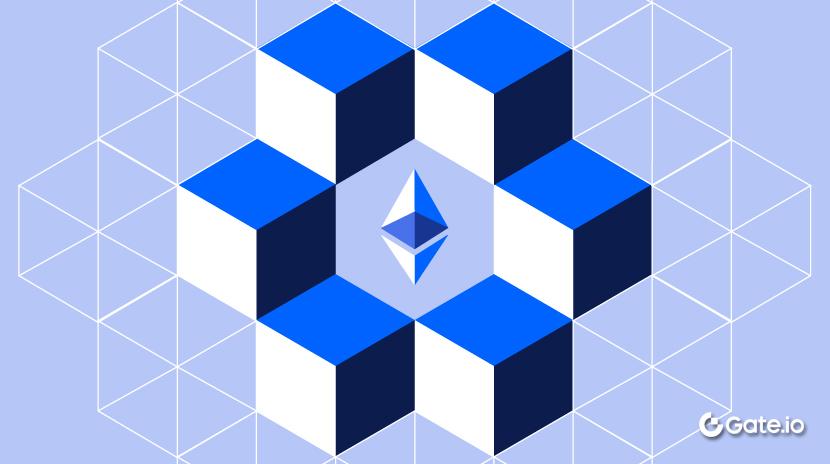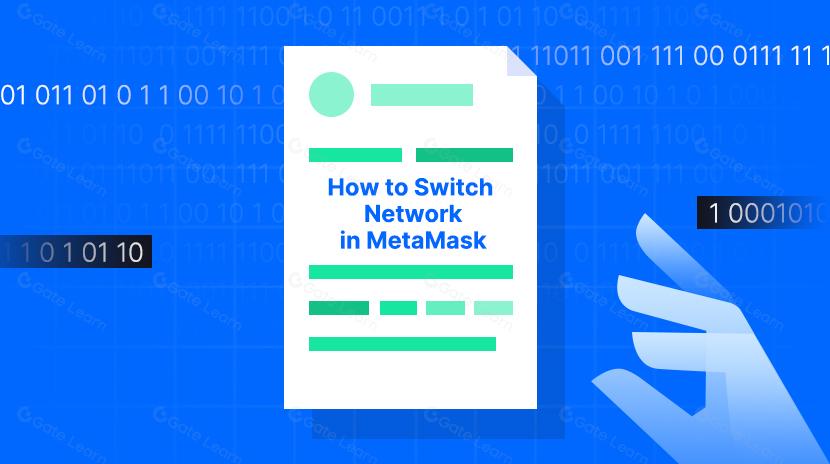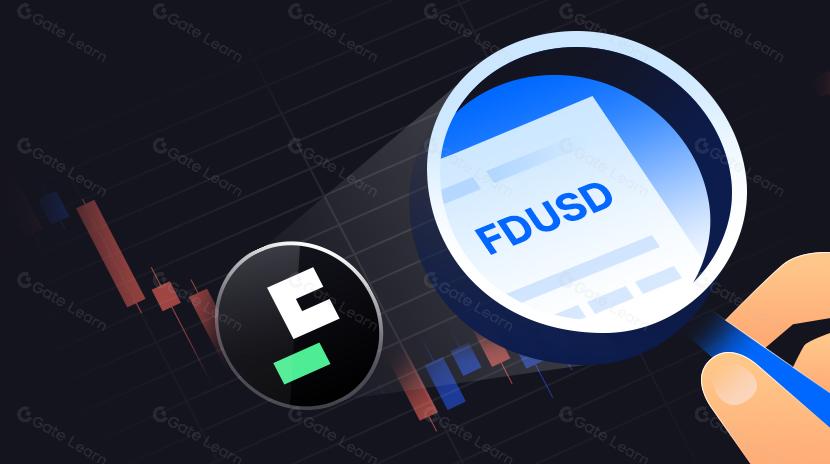Popular Science in Vernacular: Vitalik propõe substituir EVM por RISC-V. O que exatamente ele está fazendo?
Como editor, estar atualizado sobre narrativas e tecnologias de ponta é fundamental.
Por exemplo, o blog técnico de Vitalik frequentemente compartilha pontos de vista técnicos sérios e hardcore, que rapidamente se tornam material para cobertura da mídia.
No entanto, ser exposto a essas ideias é uma coisa - entendê-las é outra.
Há alguns dias, o fundador da Ethereum, Vitalik, propôs uma ideia audaciosa - substituir o componente principal da Ethereum, a EVM (Máquina Virtual Ethereum), por algo chamado RISC-V.

A comunidade de cripto do Twitter de língua inglesa já viu uma extensa discussão sobre este tópico, mas a comunidade de língua chinesa parece menos interessada em detalhes técnicos tão intensos.
Afinal, o desempenho de preço do ETH tem sido decepcionante, e o consenso é que as “melhorias técnicas não salvarão os maximalistas do ETH.”
Mas impulsionado pela curiosidade e uma tênue esperança de resgatar o ETH enterrado em meu portfólio, dei uma olhada mais atenta na proposta RISC-V de Vitalik e tentei explicá-la em linguagem clara - o que ela implica e seu impacto potencial.
Apenas no caso de você ainda estar interessado nos desenvolvimentos relacionados ao ETH.
A EVM fala dialeto, o RISC-V fala mandarim
Primeiramente, um pouco de contexto.
Ethereum é uma plataforma de blockchain, semelhante a um “supercomputador” descentralizado. Ele executa contratos inteligentes - programas autoexecutáveis usados para aplicações DeFi, negociação de NFT e muito mais.
O ponto chave é que os contratos inteligentes do Ethereum são executados em algo chamado de EVM (Ethereum Virtual Machine).
O EVM age como um intérprete, traduzindo o código escrito pelos desenvolvedores (por exemplo, contratos inteligentes em Solidity) em instruções (código de bytes) que o Ethereum pode executar.
Esta configuração funcionou bem e tem funcionado sem problemas até agora.
Mas o EVM tem um problema: é um sistema personalizado que não é totalmente compatível com as linguagens de computador mainstream, o que leva a ineficiências, especialmente ao lidar com tarefas complexas.
Então, o que RISC-V tem a ver com isso?
RISC-V (pronunciado "risk-five") é uma arquitetura de conjunto de instruções de computador de código aberto (ISA), um pouco como um "padrão de linguagem" para computadores.
Desenvolvido pela UC Berkeley em 2010, agora amplamente utilizado em chips para smartphones, laptops, sensores e outros dispositivos. Ao contrário dos chips tradicionais da Intel ou ARM (que usam conjuntos de instruções proprietários), o RISC-V é totalmente de código aberto - qualquer pessoa pode usá-lo para projetar chips, tornando-o o 'Linux do hardware'.

(Fonte da imagem:CSDN)
Você pode se perguntar: O que essa ISA focada em hardware tem a ver com o Ethereum? Por que Vitalik está interessado em RISC-V?
Em termos simples, o RISC-V pode resolver muitos dos problemas da EVM. Como mencionado anteriormente, a EVM é um "intérprete", mas seu "dialeto" está desatualizado e incompatível com as linguagens de computador mainstream, exigindo uma tradução complicada sempre que um contrato inteligente é executado, levando à ineficiência.
O RISC-V, por outro lado, é uma "linguagem universal" moderna já adotada por muitos dispositivos, com ferramentas e tecnologias maduras. Se o Ethereum pudesse escrever contratos inteligentes diretamente no RISC-V, eliminaria a necessidade de tradução, melhorando consideravelmente a eficiência.

Especificamente, o RISC-V poderia ser aplicado à “camada de execução” do Ethereum.
O que é a camada de execução? É o "motor principal" que executa contratos inteligentes no Ethereum. A ideia da Vitalik é substituir o antigo motor EVM por um novo motor RISC-V, permitindo que contratos inteligentes funcionem diretamente no RISC-V.
Em sua postagem de blog em 20 de abril de 2025, ele mencionou que essa substituição poderia melhorar a eficiência de execução do Ethereum em 100 vezes.
Além disso, o RISC-V oferece melhor suporte para ZK (provas de conhecimento zero), tornando-o particularmente adequado para escalar o Ethereum (por exemplo, em zk-Rollups).
No entanto, essa ideia ainda é apenas uma “proposta”—foi levantada apenas alguns dias atrás.
A comunidade acabou de começar a discutir isso. Alguns veem como uma ótima jogada, enquanto outros se preocupam com os riscos, como o aumento da complexidade do sistema.
Vitalik ele próprio observou que este é um plano de longo prazo e pode levar anos para ser implementado. Ethereum está atualmente focado em outras atualizações (como a atualização Pectra em 7 de maio, que otimiza a camada-2 e a experiência do usuário), então a transição para RISC-V ainda está distante - não são esperados movimentos importantes em breve.
Estudar Medicina Pode Salvar Ethereum?
Lu Xun disse uma vez: "Estudar medicina não pode salvar o povo chinês." Porque quando o espírito está entorpecido, os remédios físicos são sem sentido.
Ethereum pode estar enfrentando um dilema semelhante.
É viável abordar problemas de desempenho do ponto de vista técnico? Se o RISC-V for adotado, qual impacto teria sobre o Ethereum?
Afinal, o Ethereum é agora um ecossistema massivo no valor de 400 bilhões (a capitalização de mercado do ETH está em torno de 189 bilhões, mais o valor dos ativos bloqueados). Realizar uma cirurgia tão importante requer extrema cautela.

Primeiro, vamos examinar as principais vantagens de mudar para RISC-V. A maior mudança seria que o Ethereum se tornaria muito mais rápido. Atualmente, o Ethereum costuma ficar sobrecarregado durante os horários de pico, como durante a febre dos NFTs, quando todos estavam correndo para comprar fotos de perfil, causando atrasos nas transações e aumento das taxas de gás. Não é de se admirar que tenha ganhado o apelido de “a cadeia nobre.”
No longo prazo, a adoção do RISC-V também poderia tornar o Ethereum mais competitivo. Outras blockchains de Camada 1 como Solana, conhecidas por sua velocidade, já atraíram muitos usuários. Se o Ethereum integrar o RISC-V e se alinhar com a tecnologia mainstream, os desenvolvedores encontrarão mais facilidade para construir novas aplicações descentralizadas (DApps), o que poderia atrair mais usuários para a plataforma.
Do ponto de vista de Vitalik, seu objetivo é provavelmente garantir que o Ethereum não apenas seja utilizável hoje, mas também permaneça à frente nas décadas futuras. No entanto, a mudança para RISC-V não é isenta de riscos. Alguns contratos inteligentes mais antigos podem não ser compatíveis com o RISC-V, requerendo soluções alternativas. Outros preocupam-se que, embora o RISC-V seja rápido, pode não se adequar perfeitamente às necessidades do Ethereum, potencialmente complicando o sistema ou até mesmo afetando soluções de escalonamento atuais como Rollups.
Outro desafio é a curva de aprendizado para os desenvolvedores. Aqueles acostumados a escrever contratos inteligentes para o EVM precisarão aprender novas ferramentas e métodos. Alguns podem achar essa transição complicada e resistir à mudança.
A comunidade está dividida sobre esta proposta. Os apoiadores veem isso como um passo crucial para um Ethereum mais rápido e eficiente em termos de custos. Os oponentes argumentam que os riscos são muito altos e que otimizar o EVM atual pode ser uma abordagem melhor.
Para aqueles que possuem ETH e se tornam “maximalistas do Ethereum” relutantemente, é claro, eles esperam que a visão de Vitalik melhore o Ethereum - e talvez dê um impulso ao preço do ETH. Mas sejamos honestos: melhorias técnicas nem sempre se traduzem em movimentos de preço. Os mercados frequentemente se movem com base no sentimento em vez de fundamentos.
A ideia do RISC-V é fascinante - mostra que a Ethereum ainda está avançando. Se você está interessado em ETH, vale a pena ficar de olho nesse desenvolvimento. Quem sabe? Pode haver algumas surpresas agradáveis reservadas.

Aviso legal:
Este artigo foi republicado de [TechFlow], e os direitos autorais pertencem ao autor original [TechFlow]. Se você tiver alguma objeção à reimpressão, entre em contato com o Portão Aprenderequipe e a equipe cuidará disso o mais rápido possível de acordo com os procedimentos relevantes.
Aviso Legal: As opiniões expressas neste artigo representam apenas as opiniões pessoais do autor e não constituem qualquer conselho de investimento.
Outras versões do artigo em outros idiomas são traduzidas pela equipe Gate Learn e não são mencionadas emGate.com, o artigo traduzido não pode ser reproduzido, distribuído ou plagiado.
Artigos Relacionados

Como apostar ETH?

O que é EtherVista, o autoproclamado "Novo Padrão para DEX"?

O que é Neiro? Tudo o que você precisa saber sobre NEIROETH em 2025

O que é Polygon 2.0 (POL)? De MATIC para POL (2025)

Guia sobre como mudar de rede no MetaMask
